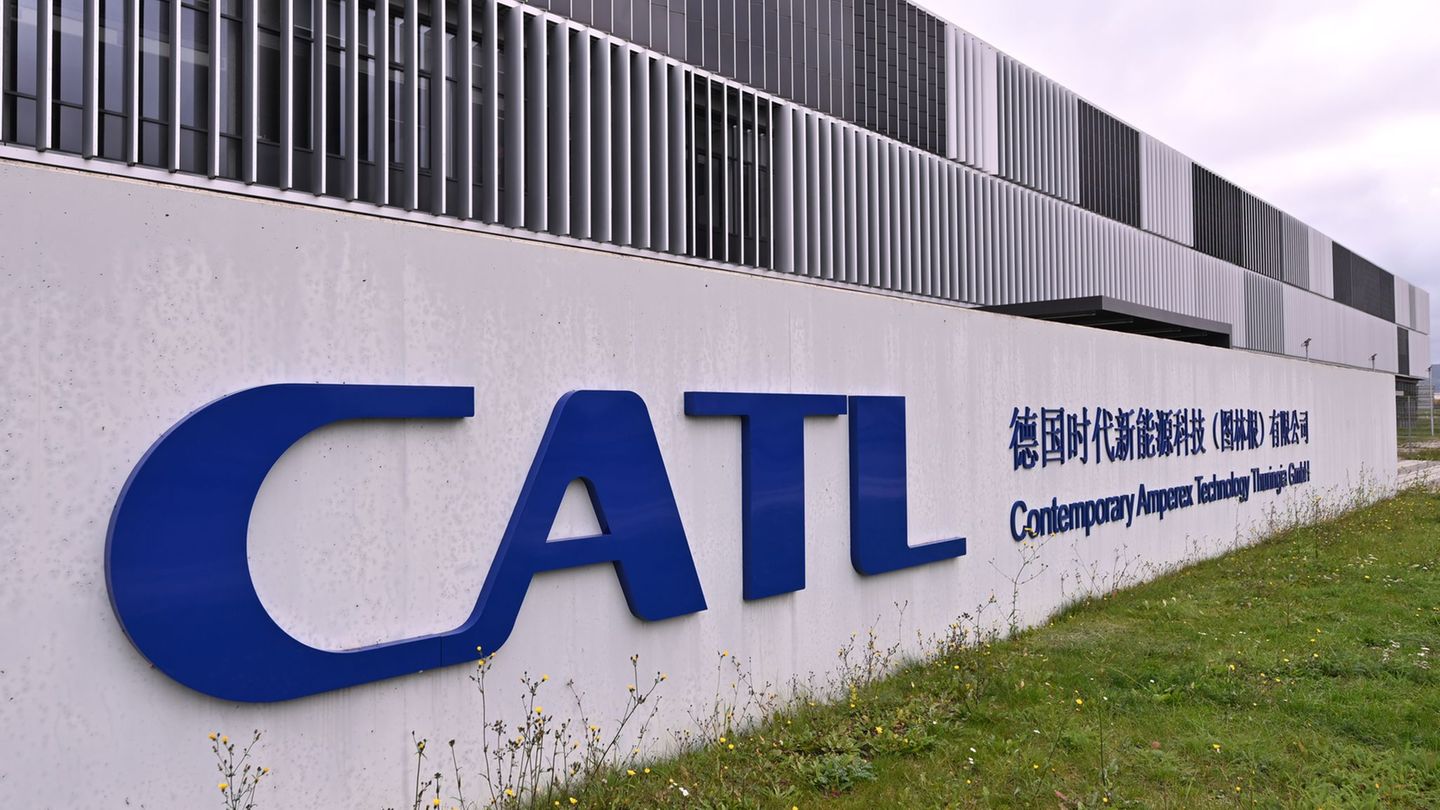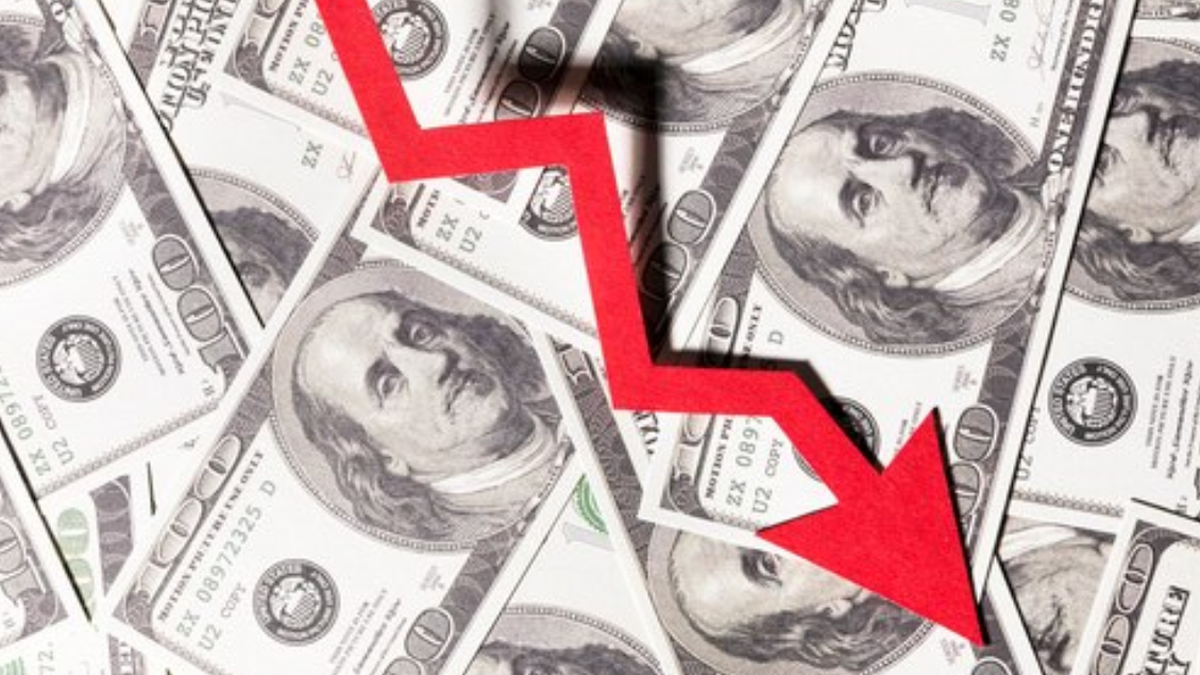Menu
Nine signs of a virtual default, devaluation and economic crisis
Categories
Most Read
Car batteries: Battery manufacturer CATL expands testing capacities
October 15, 2025
No Comments
Volkswagen Group: VW boss Blume: Making good progress in saving
October 15, 2025
No Comments
Wine: The wine harvest is lower than expected
October 15, 2025
No Comments
Announcements will be made soon
October 15, 2025
No Comments
The new CPI will debut in February with the first inflation data for 2026
October 14, 2025
No Comments
Latest Posts

Receiving a pension even though you have never worked – you can get that
October 15, 2025
No Comments
Lack of retirement provision How much pension do you get if you never worked? Listen to article Copy the current link Add to watchlist What

Car batteries: Battery manufacturer CATL expands testing capacities
October 15, 2025
No Comments
AngelicaI am an author and journalist who has written for 24 Hours World. I specialize in covering the economy and write about topics such as

Blue dollar today: how much it trades at this Wednesday, October 15
October 15, 2025
No Comments
October 15, 2025 – 00:00 Get to know the blue dollar quotes, the official one, the MEP and the CCL. Depositphotos He blue dollar operates
24 Hours Worlds is a comprehensive source of instant world current affairs, offering up-to-the-minute coverage of breaking news and events from around the globe. With a team of experienced journalists and experts on hand 24/7.

